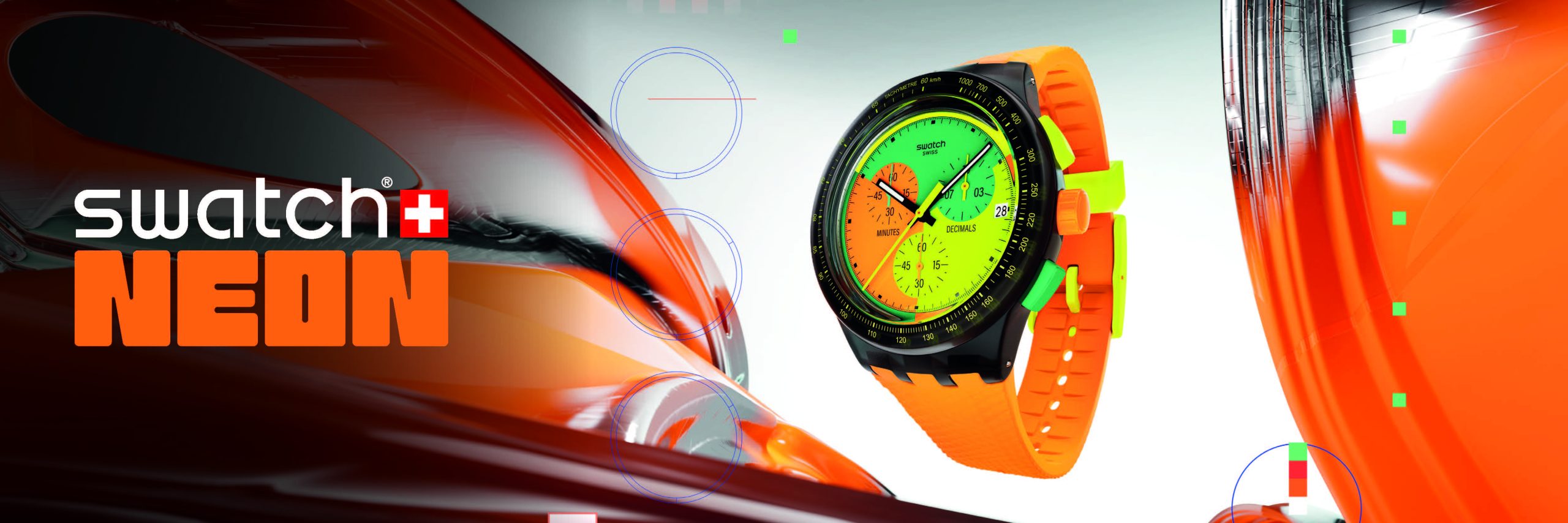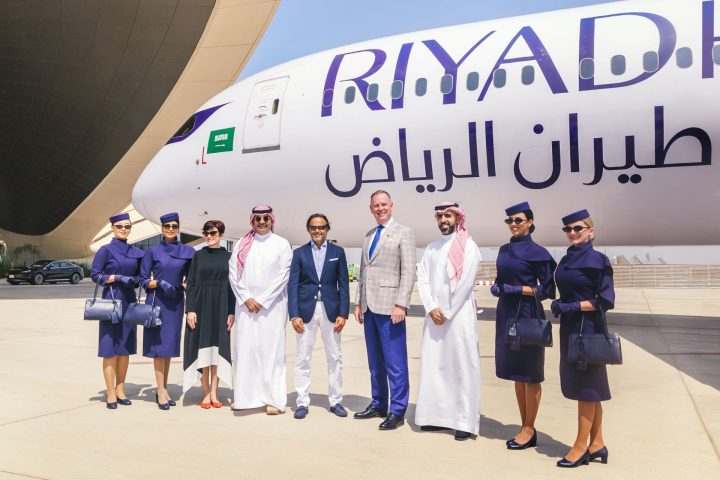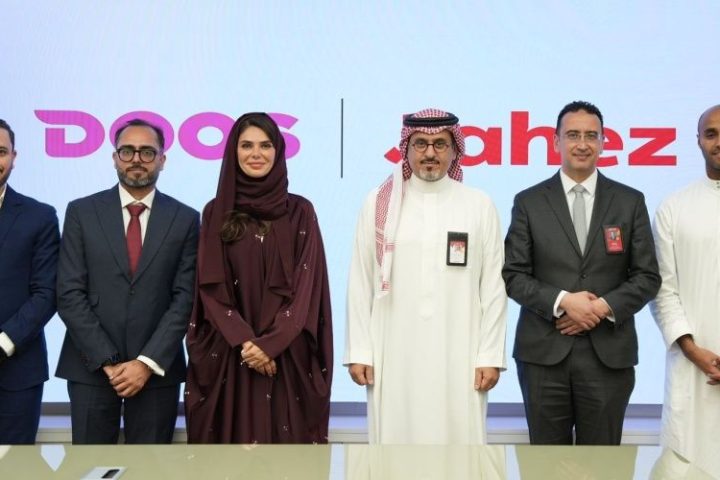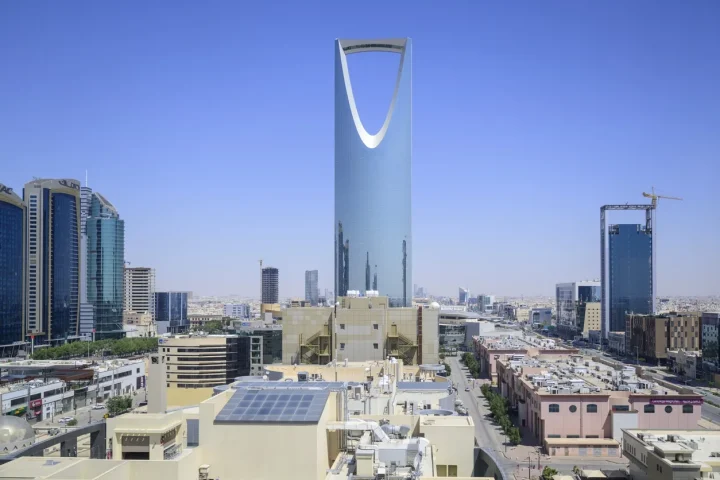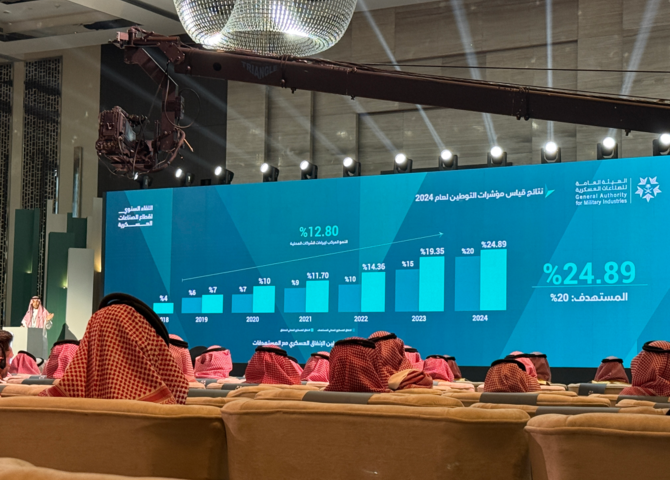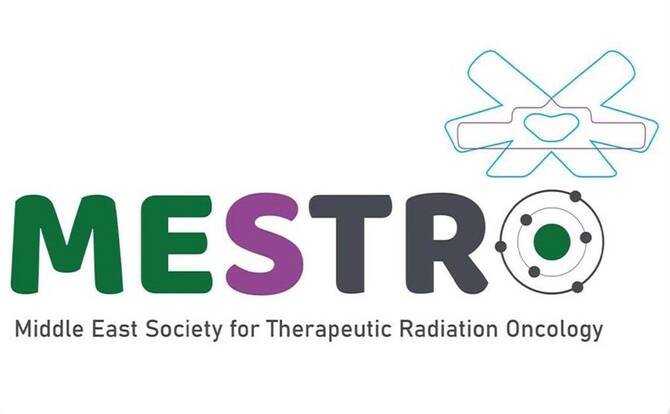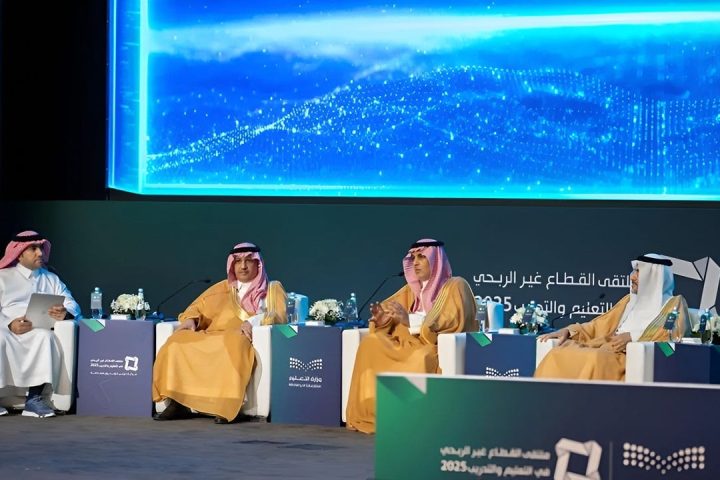By Teddy Abou Jaoudé | The Saudi Times
Since its founding over two decades ago, Cityscape Global has been the Middle East’s defining stage for urban transformation, a convergence of architects, engineers, investors, and policymakers shaping the built environment of the future. Originally conceived as a real estate exhibition, it has evolved into a full-scale innovation forum where sustainability, technology, and design intersect.
Riyadh’s hosting of Cityscape 2025 reflects more than ambition; it confirms Saudi Arabia’s position as the epicenter of next-generation citymaking where Vision 2030’s principles are translated into real, measurable outcomes.
Saudi Arabia is at the forefront of the Fourth Industrial Revolution, using its cities as living laboratories to merge digital and physical innovations. The kingdom’s architecture is rapidly advancing from smart design concepts to practical, sustainable solutions. Giga-projects like NEOM, Diriyah Gate, and The Red Sea Global are transforming urban design, setting new sustainability benchmarks and integrating technology with cultural heritage, much as Singapore’s Smart Nation and Amsterdam’s Smart City do.
Cityscape Global 2025 in Riyadh highlights Saudi Arabia’s leadership in creating smart, sustainable, and resilient cities through innovation and policy.
Urban Ambition and Vision 2030 Alignment
Cityscape 2025 demonstrates how Vision 2030 sustainability goals are becoming reality.
Saudi giga-projects use green infrastructure and data analytics to meet ambitious carbon and energy targets. NEOM and others aim to cut carbon intensity by 60% per square meter, source 80% of energy from renewables by 2030, and divert around 95% of waste from landfills. Progress is tracked with global standards like LEED and ISO 14001, ensuring transparency and accountability.
NEOM targets carbon neutrality by 2030, using renewable energy and green hydrogen to create green jobs. Red Sea Global runs on 100% renewable energy and sends no waste to landfills. Diriyah Gate combines Najdi heritage with modern environmental standards for energy-efficient living.
Engineering Efficiency: Energy and Cooling Innovations
As air conditioning uses over half of Saudi Arabia’s electricity, giga-projects employ district cooling, smart energy systems, and renewables to improve efficiency.
The Red Sea Project’s district cooling uses renewables to cut energy use by 40%. Oxagon in NEOM uses AI-optimized cooling, solar energy, and dry coolers to reduce energy and water use.
These systems make cooling efficient. Buildings use insulation, shading, and advanced façades to reduce energy consumption.
Circular Construction and Material Stewardship
Projects like Sindalah Island and The Line treat waste as a resource, rethinking material life cycles. Sindalah Island uses a ‘zero waste to landfill’ model, with prefabrication and digital tools to minimize waste. Excavated rock forms new sea walls, metals and glass are recycled, and organic waste is composted. These methods aim to divert 60% of construction waste from landfills by 2035, balancing growth and sustainability. Prefabrication boosts efficiency, cuts environmental impact, and speeds up giga-scale construction.
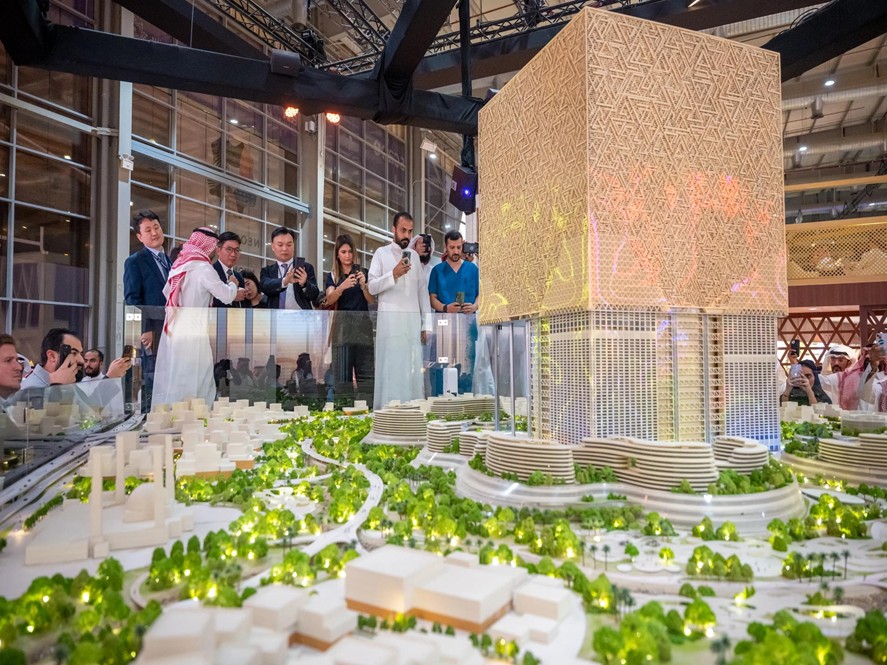
Water Stewardship in an Arid Environment
Water scarcity drives innovation with greywater recycling, smart irrigation, and native landscaping in Saudi projects.
NEOM will reuse all wastewater for construction and irrigation, using recovered nutrients as fertilizer. The Red Sea Global’s Botanica Nursery uses native, drought-tolerant plants and drip systems to minimize water use. Dry-cooling at The Red Sea eliminates potable water use, supporting conservation. However, scaling these solutions elsewhere requires overcoming high costs and adapting to local needs.
Water management is both environmental stewardship and cultural tradition, addressing global challenges.
Designing Façades for Climate and Culture
Façade engineering is vital to sustainable Saudi architecture. Traditional features like mashrabiya and wind towers are reimagined with modern technology and AI.
The Line’s design minimizes land use, maximizes shading and airflow, and uses advanced glazing and reflective coatings for comfort.
Sindalah resort uses coral-inspired façades, shading, and reflective finishes to reduce heat and energy use.
Building envelopes now enhance environmental performance and cultural identity.
Technology as the New Blueprint
Data-driven construction is standard. Tools like Revit and parametric modeling enable predictive simulations for energy and performance, streamline collaboration, and have reduced steel use by 2% during design, improving efficiency and cost.
AI is refining structural precision, thermal balance, and material efficiency before construction.
Cityscape 2025 demonstrates these digital and efficient architectural advances.
The Human Dimension
Despite technology, the focus remains on people. New cities prioritize walkability, natural light, and adaptable public spaces, with community engagement shaping the design to ensure spaces meet residents’ needs.
Urban design now supports wellness and community. Projects like Sports Boulevard in Riyadh add green corridors, cycling paths, and shade for better desert living.
Sustainability is now part of daily life.
The Road Ahead
Saudi cities shaped by Vision 2030 address urgent urban, environmental, and cultural needs.
Vision 2030’s blueprint uses steel, glass, and data to drive sustainable progress. Cityscape 2025 proves Saudi Arabia can unite progress with responsibility. The real impact will be measured by how future cities adapt and evolve.



